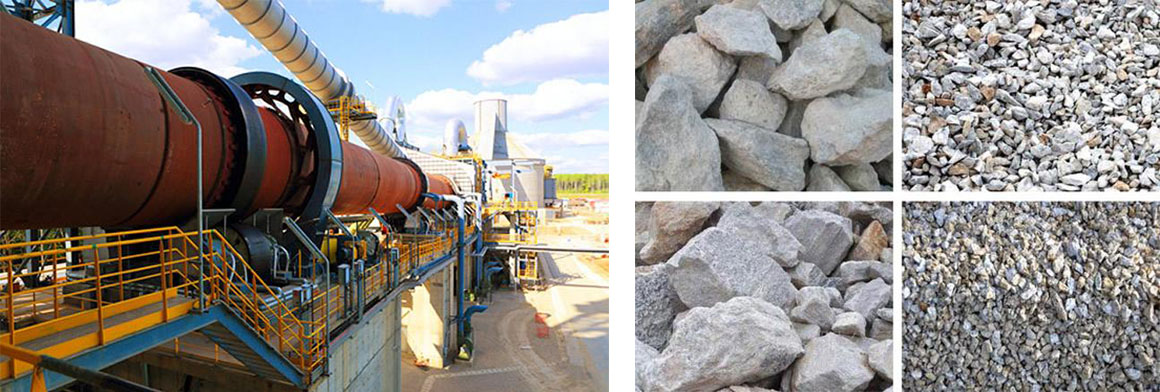Magnesite crystals are carbonate minerals of the trigonal crystal system, usually in the form of crystalline or cryptocrystalline compact blocks. The latter is also called porcelain-like magnesite. It is white or off-white, and iron-containing is yellow to brown. , Glass luster. The main composition of magnesite is MgCO3, and iron and manganese are often substituted for magnesium, but the iron content of natural magnesite is generally not high. With complete rhombohedral cleavage, porcelain-like magnesite has a shell-like fracture. Morse hardness is 3.5-4.5, specific gravity is 2.9-3.1.

Sintered magnesia is mainly calcined at high temperature from magnesite, brucite or magnesium hydroxide extracted from seawater. Strong resistance to hydration. When magnesite is calcined at 700-950 ℃, CO2 is released. The resulting magnesite is a soft porous material and cannot be used for refractory materials; magnesite calcined at 1550-1600 ℃ is called burnt magnesia. Magnesia. The burnt magnesia fired with natural magnesite as raw material is called sintered magnesia with high-temperature equipment such as shaft kilns, rotary kilns and other high-temperature equipment.
When calcined magnesite is calcined at 1800°C, carbon dioxide completely escapes and magnesia forms a dense mass of periclase. Weighed calcined magnesia (also known as sintered magnesia), this kind of magnesite The refractoriness. Its main component is magnesia, which is made from natural super-grade magnesite ore through flotation purification, light burning, fine grinding, high pressure ball pressing, and ultra-high temperature oil shaft kiln calcination.
Light-burned magnesia powder is a flexural, pressure-resistant, high-strength, air-hardened, and cementing material, which is widely used in national defense, medicine, chemical industry, papermaking, shipbuilding and other industries. In the building materials industry, it can be made into carcass boards, particle boards, thermal insulation columns, railings, artificial marble, asbestos tiles, ordinary tiles, wall panels, and paving the ground. With the advancement of science and technology, the use of light burned magnesia powder has become more extensive. It can be used for civil engineering products, light and heavy machinery packaging boxes, packaging bottom beams, high temperature refractory materials, and can also be used to make beautiful and elegant furniture with strong gloss. It can be used in the machinery industry and cast model.
TAIDA GROUP
Mobile phone:+86 18539990967
Telephone:+86 371 86565118
Email:service@tdaxy.com
Address: National Science Park, High-Tech Zone, Zhengzhou-China